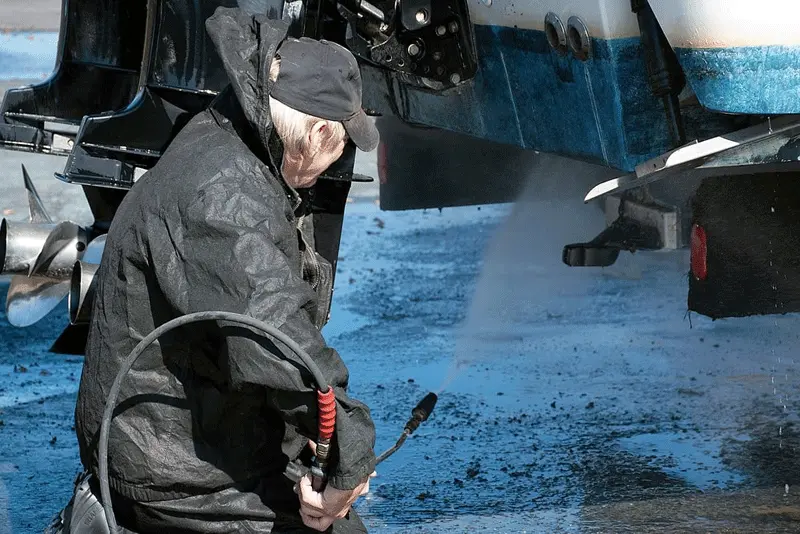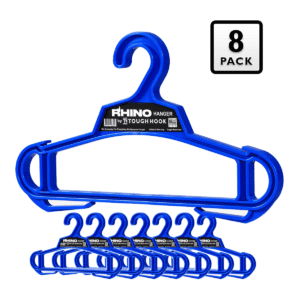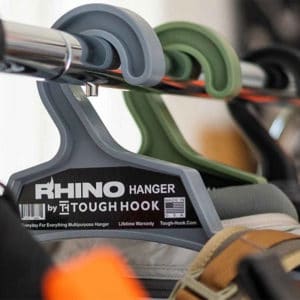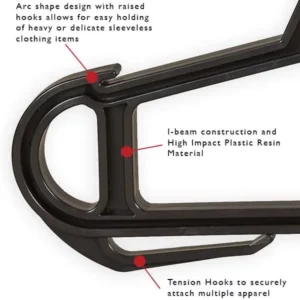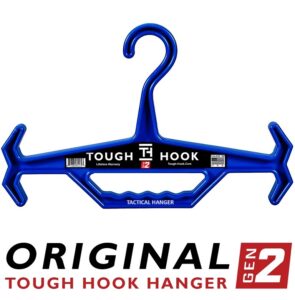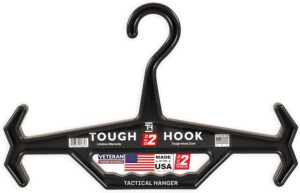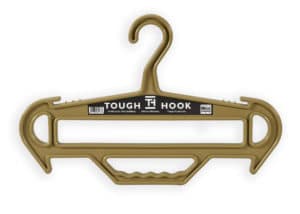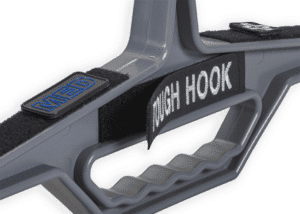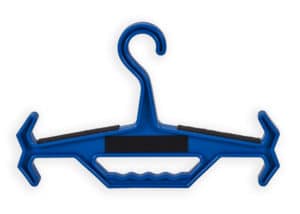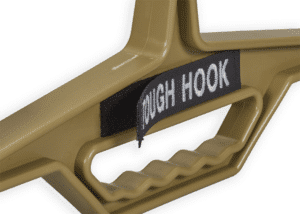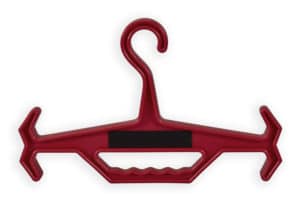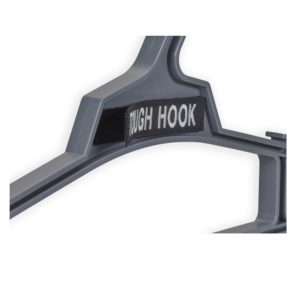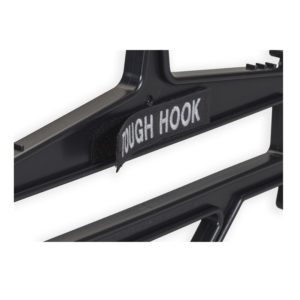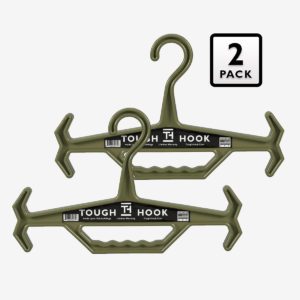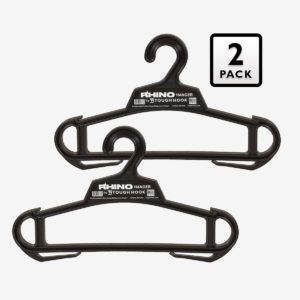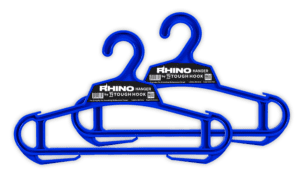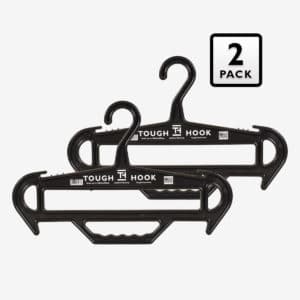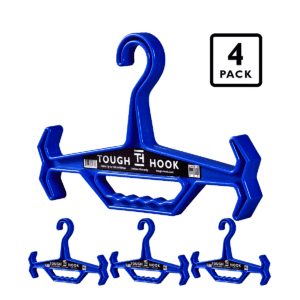Learn about the six different types of protective coveralls
There are different situations and vocations that require extra protection. Generally speaking, protective coveralls are a great way to provide that extra layer of protection without encumbering mobility in any serious way. There are generally six different types of coveralls to concern yourself with: basic or standard, fire resistant, waterproof, one-time use, high-visibility, and electric resistant. Each has its own specific purpose and use.Carrying these overalls with you is tricky sometimes, but tough hook hangers have made it easy to carry the heaviest stuff most efficiently.
1. Standard Protective Coveralls
This is your basic type of protective coveralls. This is one that has a basic protective layer meant to hold up against a variety of issues such as pollution, dirt, water splashes, and stains. Those who face minimal tasks wear this type of coverall to help them deal with common issues that would leave their clothes dirty or ruined.
Workers in hotels may wear basic coveralls to keep them shielded against liquid or food stains. It is the most in-demand because it can be used for standard, everyday use.
2. Fire Resistant Coverall
Another one of the most common types of protective coveralls, this one is also known as a FR coverall. The use is just as it sounds: it is meant to be used by workers who deal with extreme heats, such as a firefighter.
These coveralls help to keep them safe from potential burns as well as any chemicals that may come in contact with the clothes or body. This is highly recommended for protective and safety purposes for the above conditions. While they are not completely fireproof, they can allow a worker to escape to safety unharmed.

3. Waterproof Coverall
Like the fire resistant coverall, this one is also pretty self-explanatory. Wherever excess water is, this is a great option. It helps to protect against areas that have excessive moisture or water levels, keeping the worker dry underneath.
No one wants to be completely soaked as they work and the waterproof coverall is a great way to stay dry while working in the wettest conditions. Unlike the fire resistant coverall, these can be more commonly found and even used in some home repair applications wherever necessary.
4. Disposable (One-Time Use) Coverall
One of the most commonly available and used coveralls out there, this is a safe option that doesn’t require storage. Since it is meant for one-time use, there are no harmful bacteria or germs within. It can be used in most situations or settings and immediately discarded.
This is one of the most affordable options out there as well and can be found easily. Even better, it has a top safety rating because of its cleanliness and overall hygiene. For workers who face some of the aforementioned conditions regularly, disposable coveralls make for a great option.

5. Electric Resistant Coverall

This one is great for keeping electrical workers safe while in the field. While there is never a good reason to directly touch an electrical line, these coveralls can help provide an additional layer of protection and safety in one of the more dangerous vocations that there is.
6. High Visibility
This is ideal for traffic control and construction. The latter in particular will tend to work even when there are active traffic patterns. Depending on the setup of the construction site, it can make for an extremely dangerous situation.
That is why there is a need for greater visibility. These coveralls have light reflectors built into them, making them shine brightly even in the dead of night. Drivers can see these people coming from far away, allowing them to take the necessary precautions to avoid collisions.
Even better, this type of coverall can be worn in most fields, especially those that serve at night. It may not offer resistance to water, fire, or electricity, but it can help avoid a potential accident that can be just as dangerous.
2 Pack RHINO Heavy Duty Clothes Hanger Bundle
Original price was: $25.95.$23.95Current price is: $23.95.Storing
One of the most essential factors to protective coveralls is in the storage. These are not garments that can just be balled up and shoved into a locker. They should be properly stored at all times to ensure that they will hold up their end of the bargain when needed.
Improper storage may not necessarily negate the protective factors in these coveralls, but it can make them crumpled and creased, making them uncomfortable to wear. Despite their additional safety measures, coveralls should be comfortable to wear so as not to encumber the work that needs to be done.
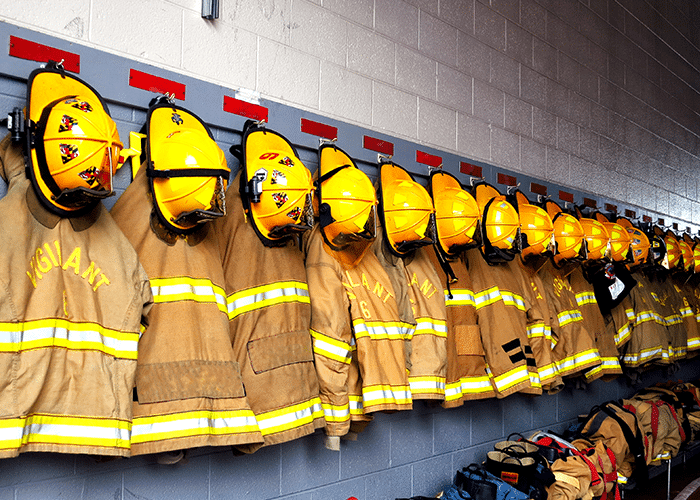
A great way to store your coveralls is with the Tough Hook Hanger. Since your coveralls can get to be quite heavy, you need to ensure that you have a heavy-duty hook to hang them up on. Anything less could rip out of the wall, causing additional hassle.
But the Tough Hook Hanger is as heavy duty as they come. That means safely and securely storing your coveralls, giving you access to them whenever you need them. At the end of the day, this means staying safe no matter what you are doing because safety is paramount and protective coveralls are there to perform the job.
FAQs
How should I store these coveralls when I’m not using them?
Once you’ve cleaned your coveralls according to the manufacturer’s instructions and made sure they’re totally dry, you should store them in a cool, dry place. Hanging them up is best, as this can prevent wrinkles and help them keep their shape. Make sure they’re not in direct sunlight or a humid area, as this can weaken the material over time.
What’s the best way to hang my protective coveralls or overalls?
Hanging your protective coveralls or overalls is actually pretty straightforward. Just find a good sturdy hanger – one with broad shoulders is best – and thread it through the neck of the coverall. Make sure you catch both shoulder straps of the overall. If you want to add a bit more stability, you can fold the legs over the hanger bar.
How long do protective coveralls usually last?
That’s a bit like asking how long a piece of string is – it really depends! The lifespan of protective coveralls can vary a lot, based on what type they are, how often you use them, how harsh the conditions are that they’re exposed to, and how well you take care of them. It’s crucial to check your coveralls before each use and replace them if you spot any signs of wear or damage.
Can I wash my protective coveralls?
For many reusable coveralls, the answer is yes. But it’s really important to follow the manufacturer’s cleaning instructions. If you don’t, you might end up damaging the protective features of the coveralls. Disposable coveralls, on the other hand, are just that – disposable. They should be thrown away after you use them.
How can I make my protective coveralls last longer?
Taking proper care of your protective coveralls can really help to extend their lifespan. This includes cleaning them according to the manufacturer’s instructions, storing them properly, and checking them regularly for signs of wear or damage. But even if you do all this, remember that coveralls won’t last forever. You will need to replace them eventually to ensure you stay safe at work.


